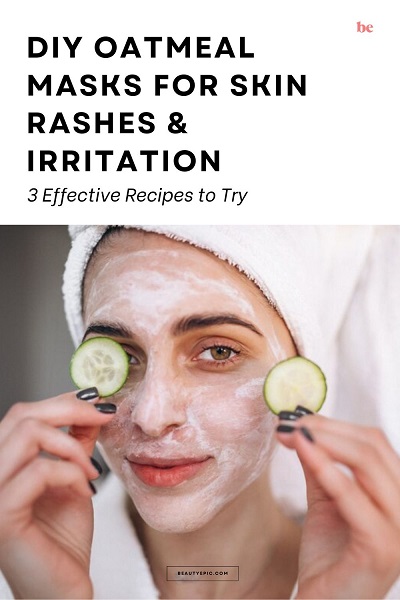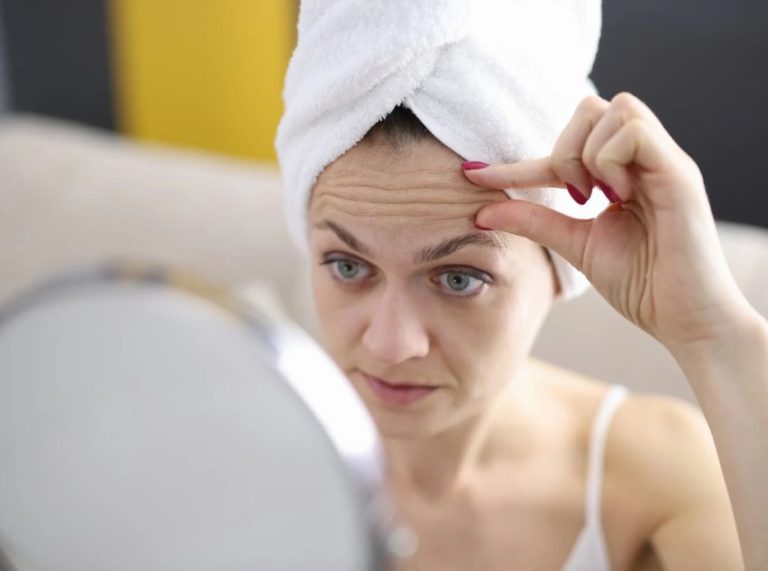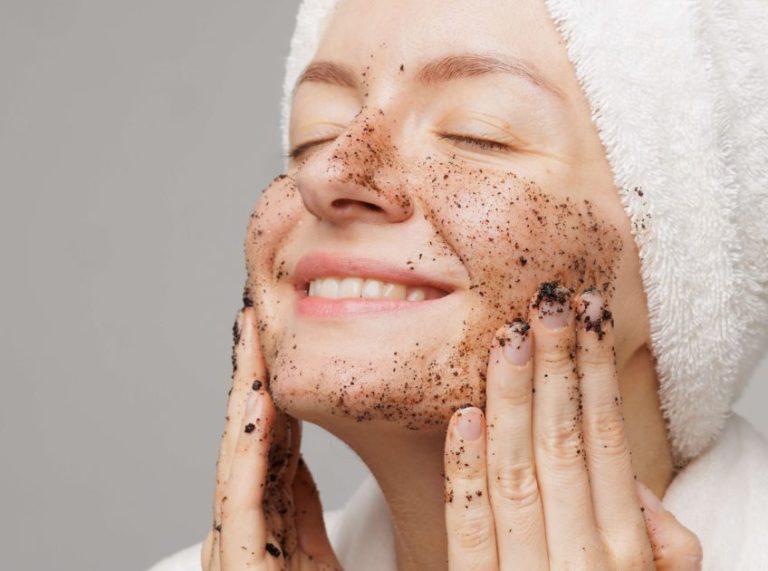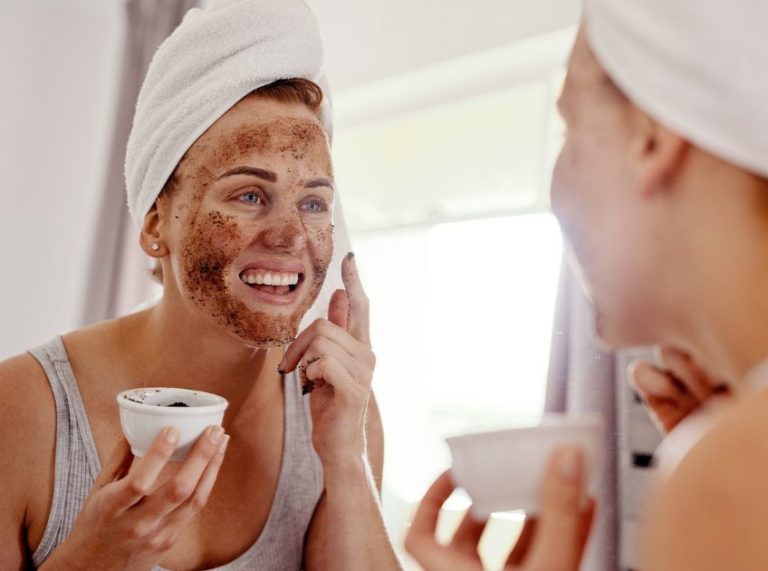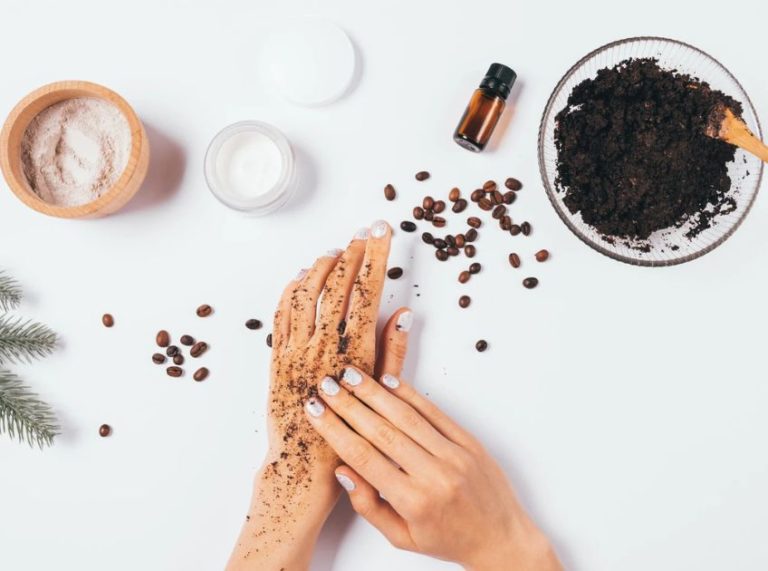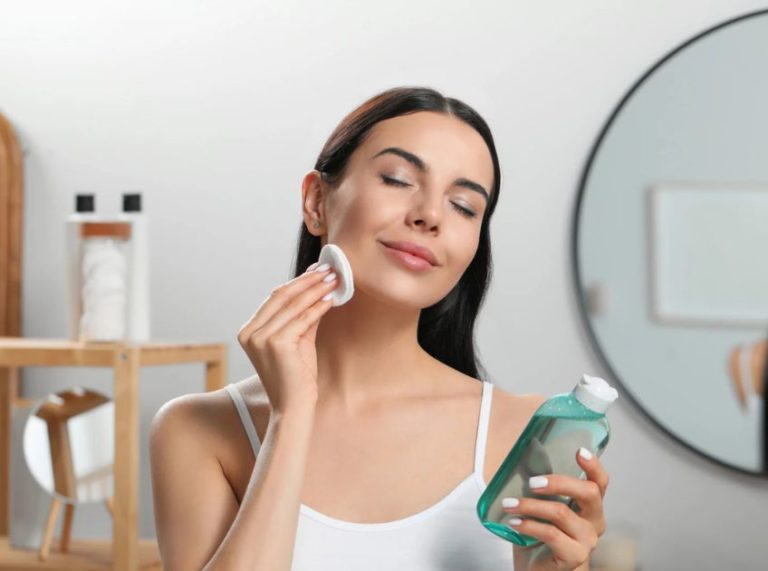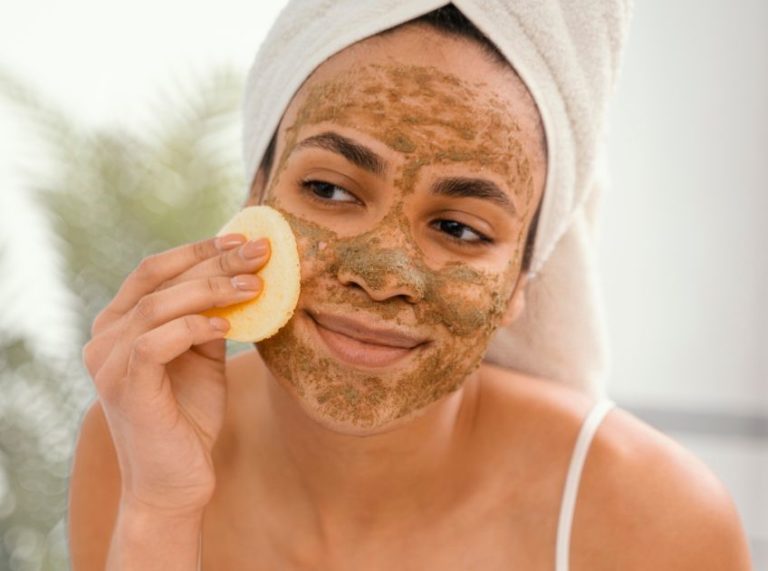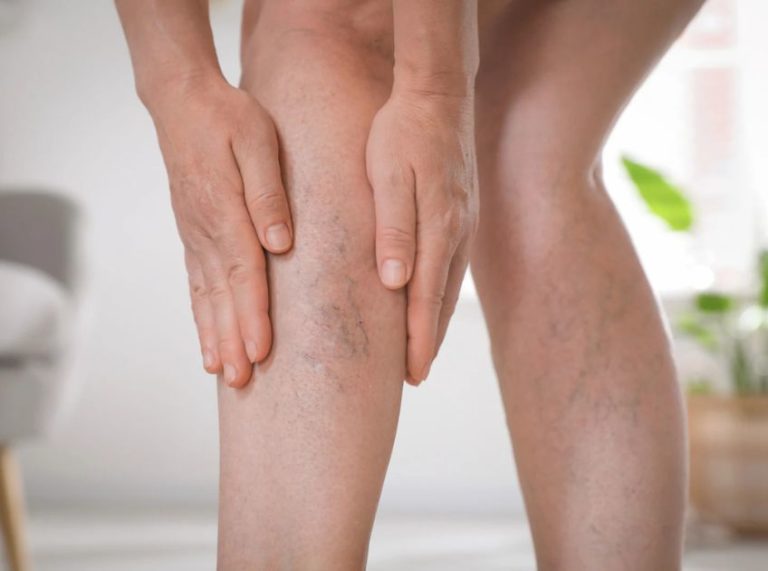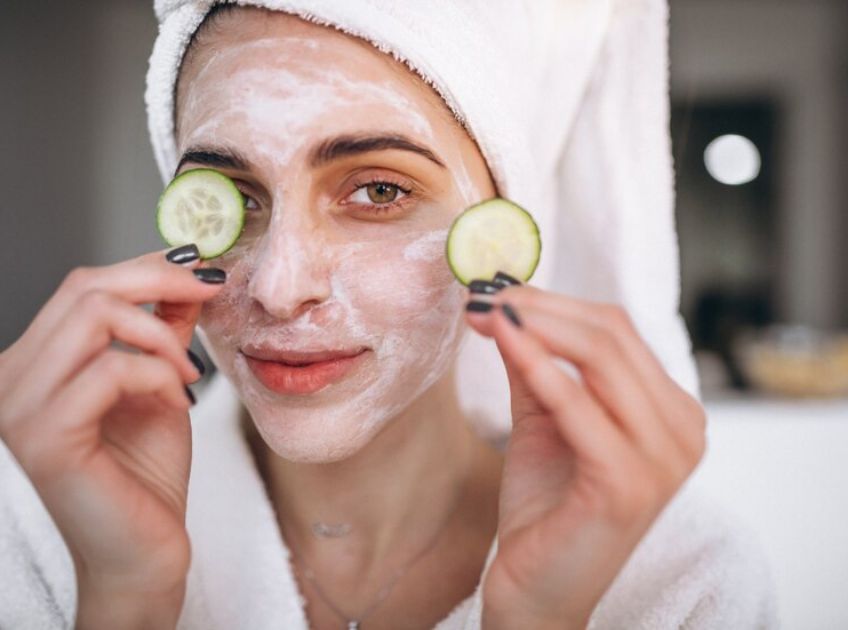
Important: This article is for informational purposes only. Please read our full disclaimer for more details.
Skin rashes can strike at any time, leaving you irritated, itchy, and desperate for relief. The good news? You don’t need harsh creams or chemicals. With the right oatmeal-based face mask, you can calm inflammation, restore hydration, and protect your skin barrier naturally.
Why Oatmeal Masks Are a Skin Saviour
- Relieves itchiness and inflammation quickly
- Forms a protective barrier on the skin
- Hydrates and nourishes irritated areas
- Gentle enough for sensitive and reactive skin
Colloidal oatmeal is clinically recognized for its ability to calm rash-prone skin and soothe flare-ups from eczema, allergies, and irritation.
The Skin Science Behind Oatmeal
Oatmeal contains key bioactive compounds such as:
- Avenanthramides: Potent antioxidants that reduce itching and redness
- Beta-glucan: Helps repair the skin barrier and lock in moisture
- Saponins: Natural cleansing agents that remove irritants from the skin
According to a study published in the Journal of Drugs in Dermatology, colloidal oatmeal significantly improves skin hydration and reduces the severity of atopic dermatitis symptoms (1)(2).
When to Skip or Pause Use
Stop using the mask if you experience:
- Increased redness, itching, or burning
- New or worsening bumps after application
- Any allergic reaction (especially if combining with other ingredients)
Always patch test on your wrist or behind the ear before full-face use.
Adjust According to Your Skin’s Needs
- For dry skin: Add more honey, aloe vera, or a few drops of olive oil
- For oily skin: Use plain oatmeal with chamomile or green tea
- For sensitive skin: Keep the mix simple—avoid citrus or essential oils
Consistency can be adjusted by adding more water or yogurt as needed.
Best Skin Types for Oatmeal Masks
These masks work best for:
- Sensitive and rash-prone skin
- Dry or dehydrated skin
- Combination skin with dry patches
- Skin recovering from mild allergic reactions
Avoid if you have known oat allergies.
Is It Safe to Use on Inflamed Skin?
Yes—when used correctly. Oatmeal masks are gentle and anti-inflammatory. Use clean, natural ingredients and avoid harsh additives. Keep applications short (15–20 mins) and follow up with a gentle moisturizer.
Best 3 Homemade Oatmeal Masks for Skin Rashes
1. Oatmeal & Yogurt Calming Mask
A simple, cooling mask that soothes rash flare-ups and restores skin balance.
Ingredients
- 2 tablespoons finely ground oatmeal (colloidal preferred)
- 1 tablespoon plain yogurt
- 1 teaspoon raw honey
Directions to Use
- Mix oatmeal and yogurt until it forms a smooth paste.
- Stir in honey and blend well.
- Let sit for 2 minutes to thicken.
How to Apply
- Apply a generous layer to clean, dry skin
- Leave on for 15–20 minutes
- Rinse with cool water
- Pat dry and apply a calming moisturizer
Pro Tip: Use chilled yogurt for added relief during flare-ups.
2. Oatmeal & Aloe Vera Relief Mask
Ideal for sensitive skin experiencing itching and redness. Aloe provides deep hydration and repair.
Ingredients
- 2 tablespoons oatmeal (finely ground)
- 2 tablespoons pure aloe vera gel
- 1 teaspoon rose water (optional)
Directions to Use
- Blend oatmeal and aloe into a smooth, spreadable paste.
- Add rose water if desired for fragrance and extra cooling.
- Stir until well combined.
How to Apply
- Apply evenly over the rash-affected areas
- Let sit for 20 minutes
- Rinse with lukewarm water
- Pat dry and follow with fragrance-free moisturizer
Pro Tip: Store aloe vera gel in the fridge to enhance the mask’s cooling effect.
3. Oatmeal & Chamomile Tea Soothing Mask
This mask helps reduce inflammation and irritation caused by environmental triggers.
Ingredients
- 2 tablespoons oatmeal
- 2 tablespoons cooled chamomile tea
- 1 teaspoon olive oil (optional for dry skin)
Directions to Use
- Steep chamomile tea and allow it to cool.
- Mix oatmeal and chamomile tea to form a paste.
- Add olive oil if extra nourishment is needed.
How to Apply
- Apply a thick layer to clean, dry skin
- Leave for 15–18 minutes
- Rinse gently with cool water
- Use a hydrating, unscented cream after
Pro Tip: Make extra chamomile tea to use as a gentle face rinse throughout the day.
Frequently Asked Questions (FAQ’S)
1. Can I use these oatmeal masks every day?
A. 2–3 times a week is ideal. Daily use may lead to over-exfoliation, even if gentle.
2. Are these masks safe for kids or babies?
A. Consult a pediatrician first. Oatmeal baths are often safe, but masks on baby skin require extra caution.
3. Can I use instant oats instead of colloidal oatmeal?
A. Yes, but grind them finely. Colloidal oatmeal is more effective and less likely to irritate.
Final Thoughts
You don’t need synthetic creams to calm angry, irritated skin. Oatmeal masks are time-tested, dermatologist-recommended, and easy to make at home. Just be gentle, stay consistent, and listen to your skin—it will thank you with comfort and clarity.
